How to Optimize and Accelerate PowerPoint Files for Better Performance
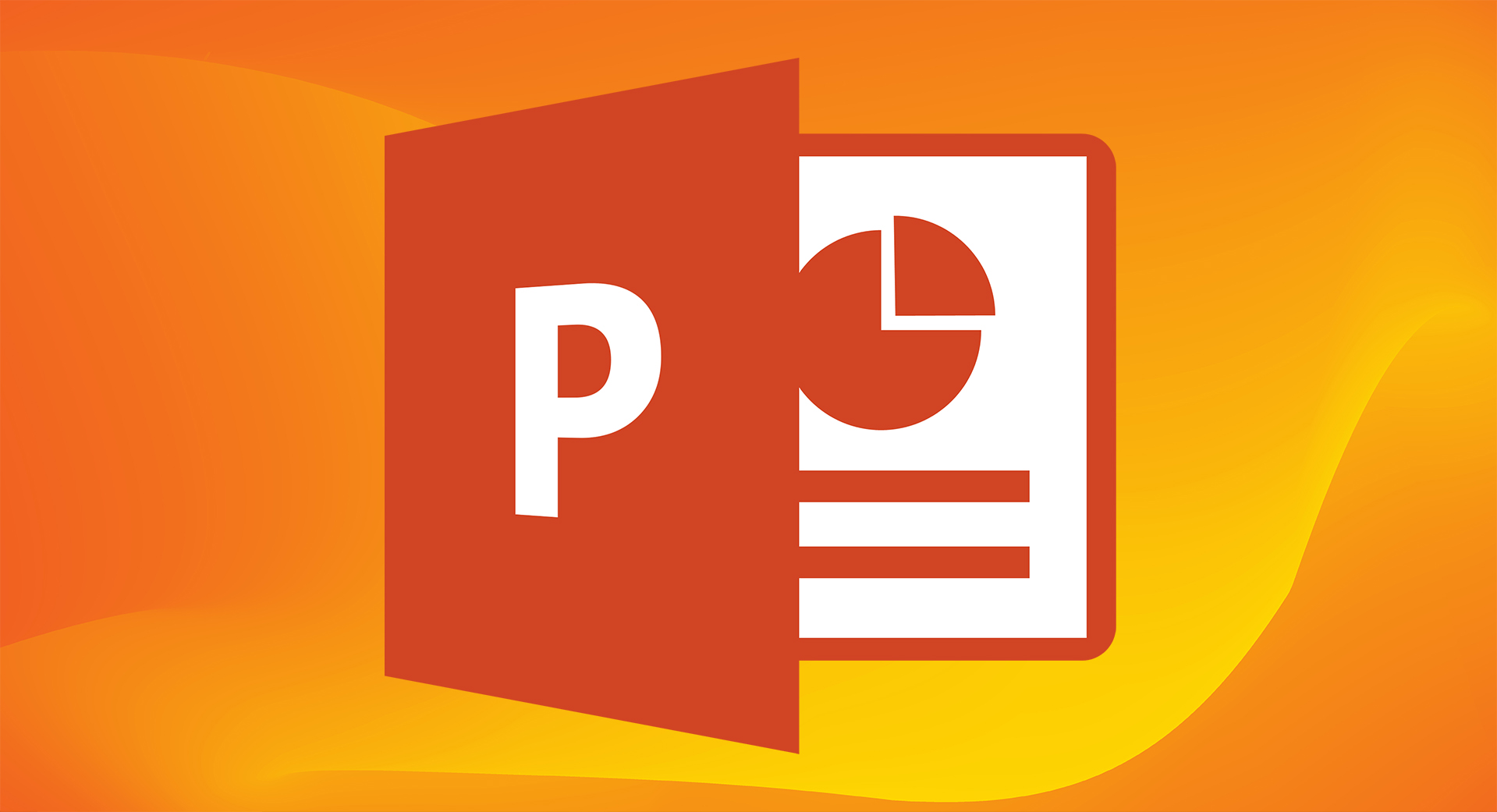
“Boost the performance of your PowerPoint files with these simple and effective tips. Speed up your presentations and improve overall efficiency.
Reduce Your PowerPoint File Size
One common reason your PowerPoint might be slow is its large file size. PowerPoint presentations often include images, audio clips, and videos, all of which take up memory and slow down the program. You might have also added many animations and transitions, which can further increase the file size and slow things down.
How to Fix It:
Start by looking at your images. Do you really need all of them? Remove any that aren’t essential to your message. If you still have a lot of images, you can reduce their size by clicking on the image and dragging the corners inward to make them smaller. This will help reduce the overall file size, speeding up your PowerPoint presentation.
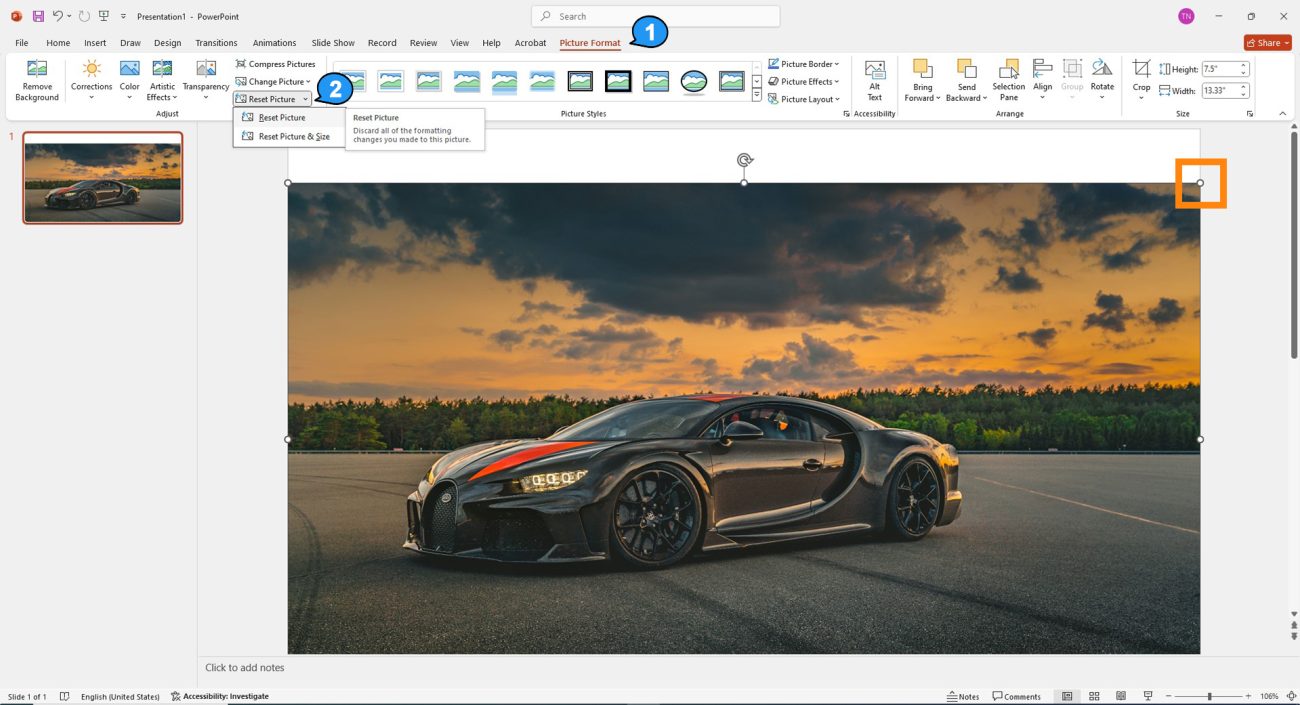
Once you’ve selected an image, you can compress it or choose to compress all the images in your presentation. If you’re planning to display your presentation on a screen, setting the image resolution to 150 PPI (pixels per inch) is a good option. This will reduce the file size without noticeably affecting the image quality.
Another way to compress your images, including any future ones you add, is to adjust the settings in PowerPoint. First, go to File > Options. Then, in the left-hand menu, click Advanced. Under the Image Size and Quality section, change the Default Resolution to 150 PPI or 220 PPI. This will help reduce the file size of your presentation automatically while maintaining decent image quality.
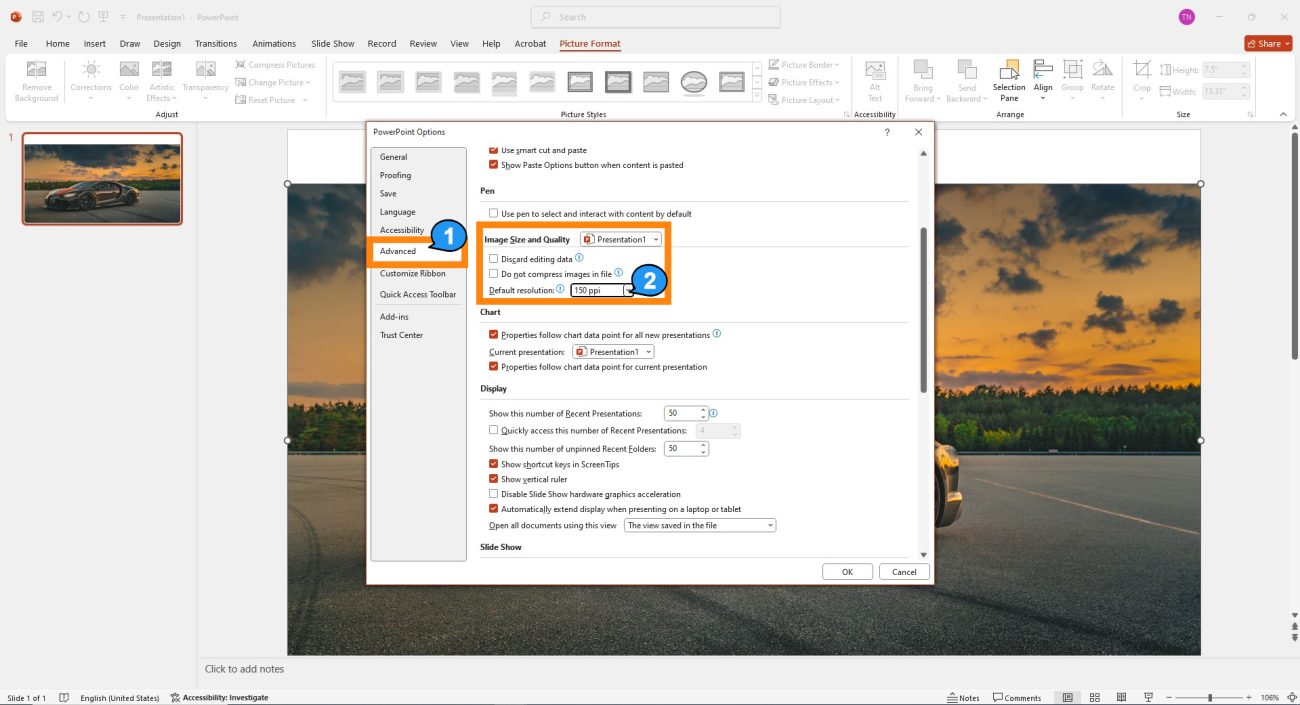
Audio and Videos
In addition to compressing images, you can also compress the audio and video files in your presentation. To do this, go to File > Info, and click on the Compress Media drop-down button. From there, you can select either HD or Standard as options instead of Full HD. This will help reduce the file size and improve the performance of your PowerPoint.
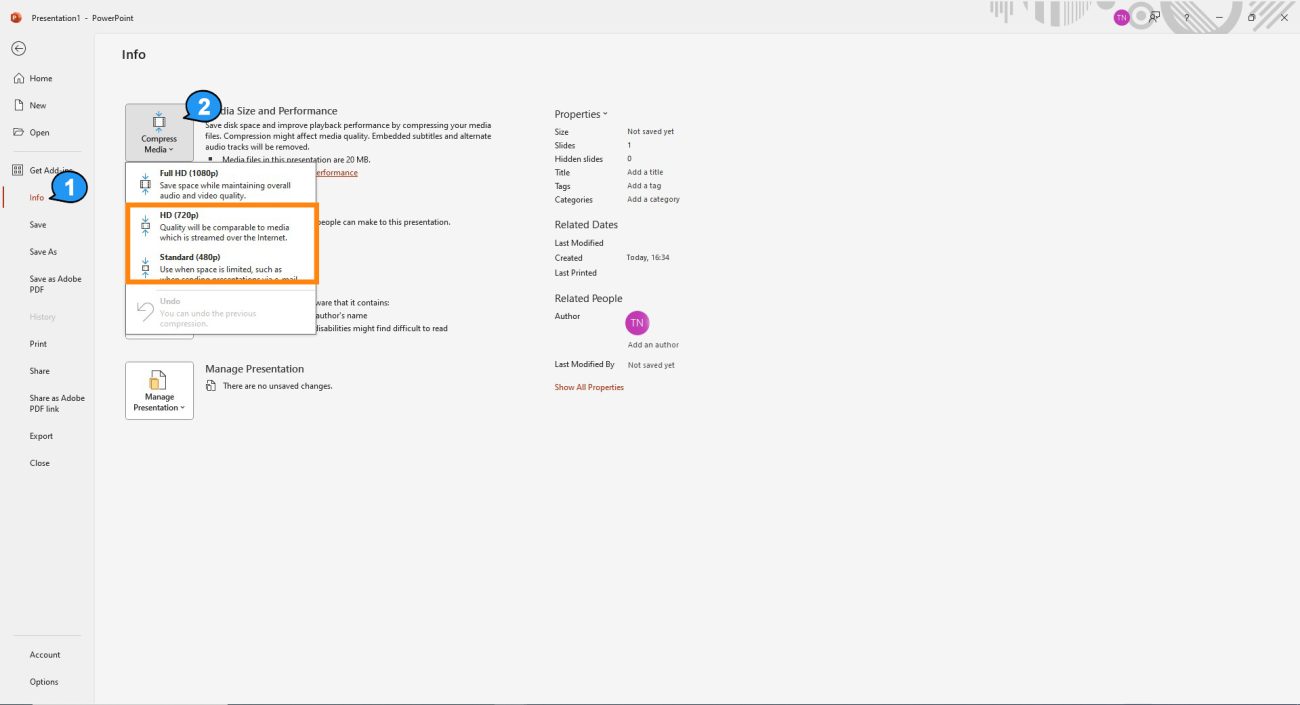
If compressing your media doesn’t improve the speed of your PowerPoint, consider removing the audio or video files completely. You don’t have to lose those features from your presentation, though you can add a link to the media and click it during your slideshow. This way, you can still access the content without slowing down your file.
Animations and Transitions
Animations and transitions can make your presentation more engaging by highlighting details or smoothly transitioning between slides. However, overusing these features can distract your audience and slow down your PowerPoint. To maintain a professional look and improve performance, limit the number and type of animations and transitions you use. Follow these guidelines:
- Evaluate necessity: Ask yourself, “Does this improve my presentation?” If not, leave it out.
- Keep it short: Use effects that last less than a second without adjusting their speed. Fade and Cut are quick, professional transitions, while Appear and Fade are ideal entrance animations.
- Stay consistent: Use the same transition for all slides and the same animation for similar elements.
- Limit animations: Avoid using more than one animation per item, and don’t animate individual words or letters.
Review the Master Slides
You might think the slides in the thumbnail pane on the left are all that’s in your file. However, hidden slides in the Slide Master control the overall design of your presentation. To check them, go to the View tab on the ribbon and click Slide Master.
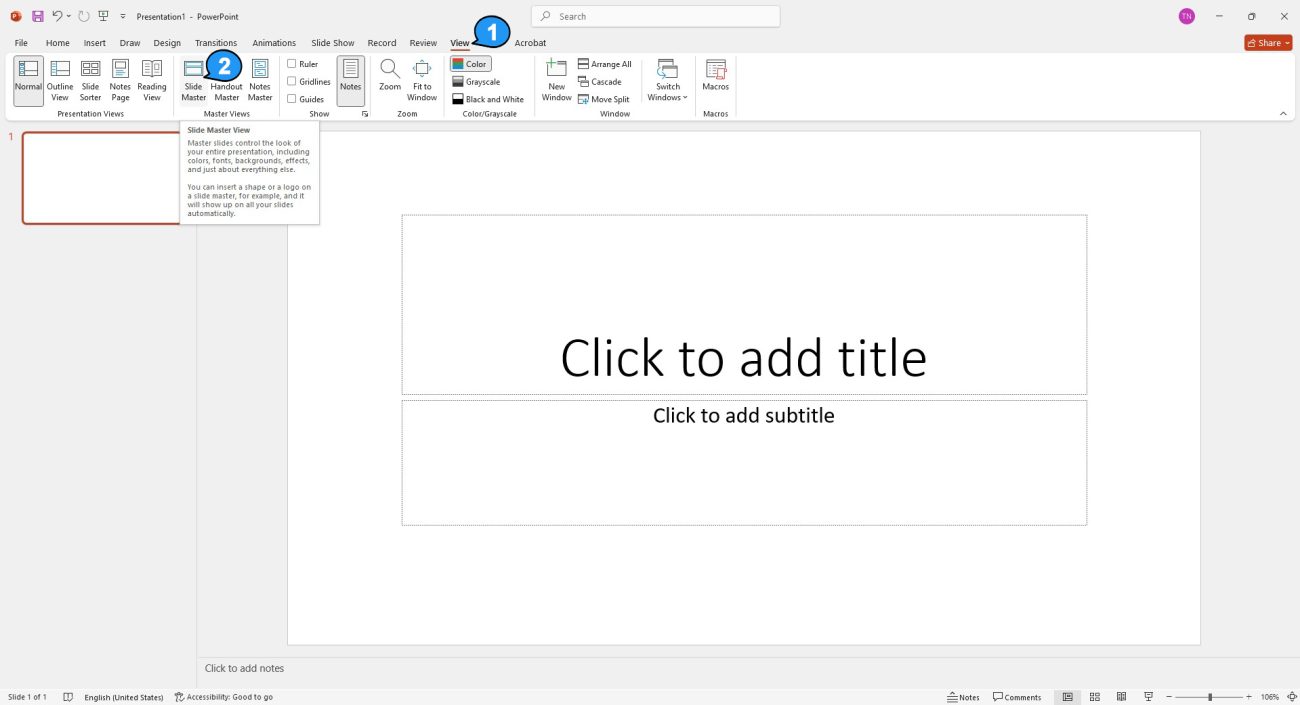
First, scroll through the Slide Master, and right-click and delete any of the layouts you don’t need.
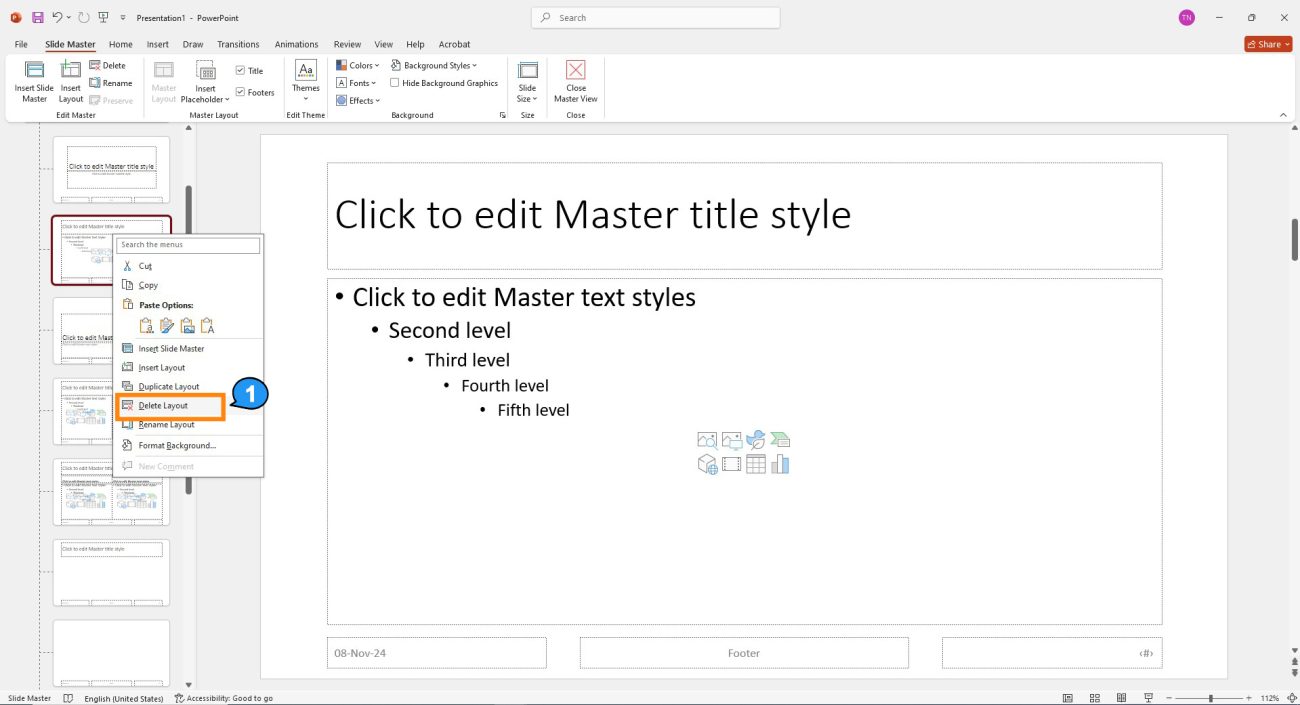
Second, you might notice objects, such as images or formatted text, in the master slides that don’t really add value to your presentation. To improve performance, click on the relevant master slides and remove these unnecessary elements.
Check for Macros and Add-ins
While macros and add-ins can add useful features to PowerPoint, they also increase the workload on your file, which could be why it’s running slowly.
Macros
Macros allow you to automate a series of commands to complete tasks with a single click or keyboard shortcut. To check which macros are enabled in your PowerPoint, go to the View tab and click Macros. This will open a dialog box where you can view, edit, or delete any macros that are no longer needed. Removing unused macros can help speed up your file.
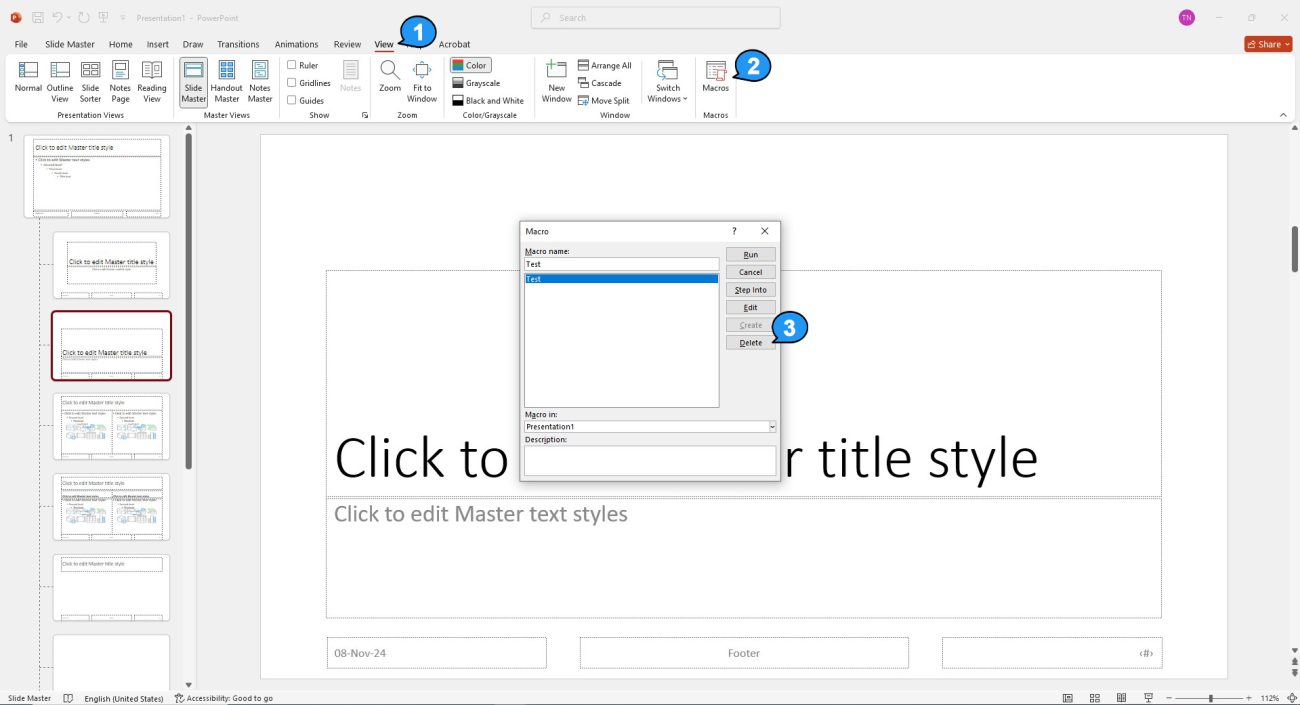
While deleting a macro may remove some of the automation, it can significantly improve the speed of your PowerPoint file.
Add-ins
Add-ins are custom tools that allow you to expand PowerPoint’s functionality, such as adding customized charts or interactive elements. However, since these add-ins act like mini-programs within PowerPoint, they can greatly impact its performance.
To check if you have add-ins installed, go to the Home tab and click on the Add-ins icon. Any installed add-ins will appear under My Add-ins in the drop-down menu. Removing unnecessary add-ins can help speed up your PowerPoint presentation.

Then, to remove an add-in, click “More Add-ins.”
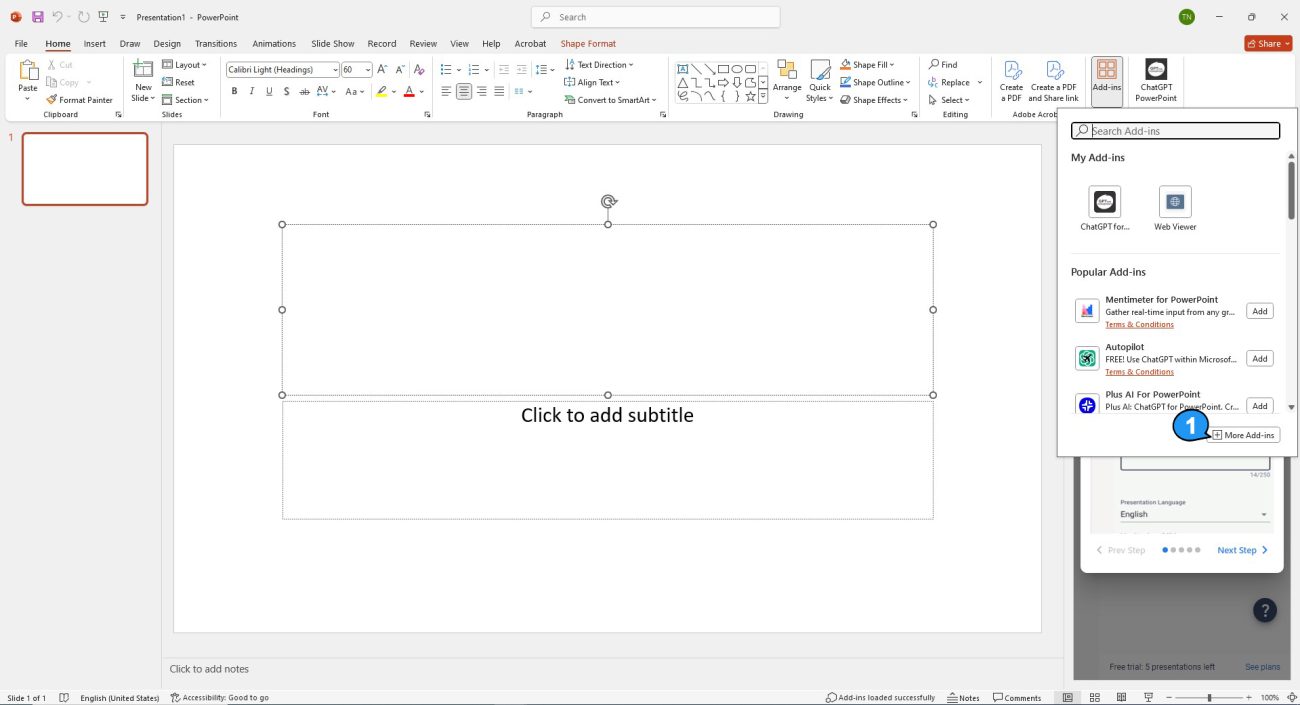
In the Office Add-ins window, click on My Add-ins, then find the add-in you want to remove. Click the three dots next to it, and select Remove to delete the add-in. This can help improve the performance of your PowerPoint file.
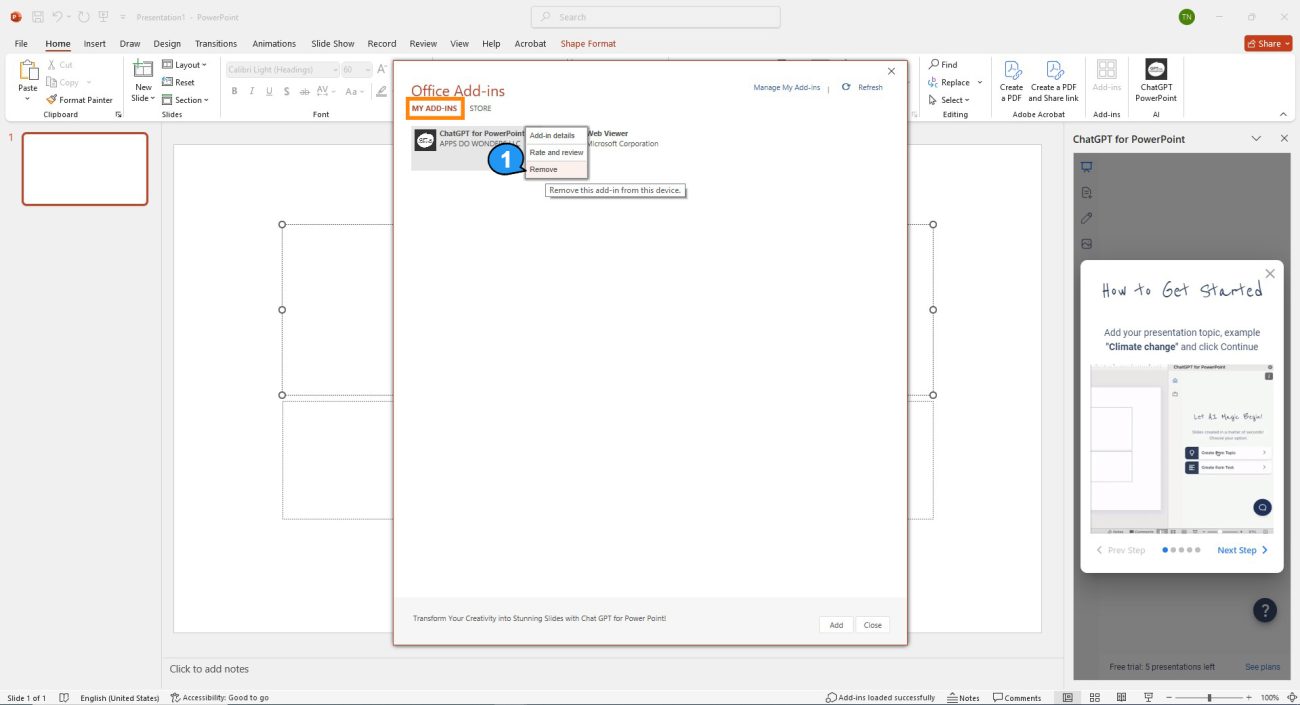
Other Options
If none of the previous tips have worked, here are two more options to help improve your PowerPoint experience.
Use PowerPoint for the Web
If you’re using a low-spec computer, it might not be powerful enough to handle the full version of PowerPoint. In that case, using PowerPoint for the Web can be a great solution. Since it’s browser-based, it doesn’t require heavy software installation and can run more smoothly on lightweight PCs and tablets. Additionally, the web version is a simpler, more efficient version of the desktop app.
Clean Up Your PC
If PowerPoint is still slow, the problem might not be with the program itself. Try opening other apps to see if they also run slowly. If they do, your computer might be the issue. Consider freeing up space or checking if a recent update is affecting performance. There are various steps you can take to address these issues and improve your computer’s overall speed.
AffordableOffice keys, instant access and stress-free activation!

